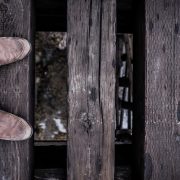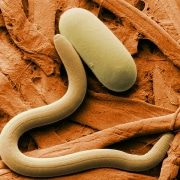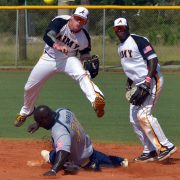The foot: the human advantage
I do not hide it at all. My favorite muscle is the flexor along the hallux. It is the muscle that allows flexing of the big toe. It’s the muscle of propulsion. It is this muscle that makes it possible to take the step. It is also the muscle that allows the activation of the posterior chain, so important in physical conditioning!
To know that it is this same posterior chain that allows us to stand up, is not it interesting and logical to note that, according to a recent study (http://www.pnas.org/content/early/2018 / 08/07/1800818115), it seems that the big toe is one of the last parts of the foot to evolve? Researchers have shown that the big toe has reached its current shape only much later than other toes. Peter Fernandez states that “the big toe could still be used to grasp, because our ancestors spent a good deal of their time in the trees, before becoming fully an earthly species.”
He goes on to say: “The modern human has seen the stability of the joint (foot) increased when the orientation of his big toe has changed to allow walking. At the same time, the foot lost the agility associated with its simian and arboreal origins. Why did we come to walk? Science seems to accept quite broadly the theory that it is climate change that has reduced forest cover. We had to descend to the ground to feed ourselves, which would have led us to recover and finish on two legs. True or not, it is true that moving on two feet requires less energy than walking on all fours. It would be 4.4 million years ago that we started walking upright.
Namely, at that time, that the station erected and the walk and the resulting race are engram in our genetic makeup, would not it be worthwhile to improve these strategies. This is obviously the goal of the posturologist!




